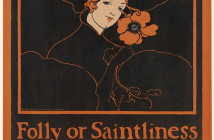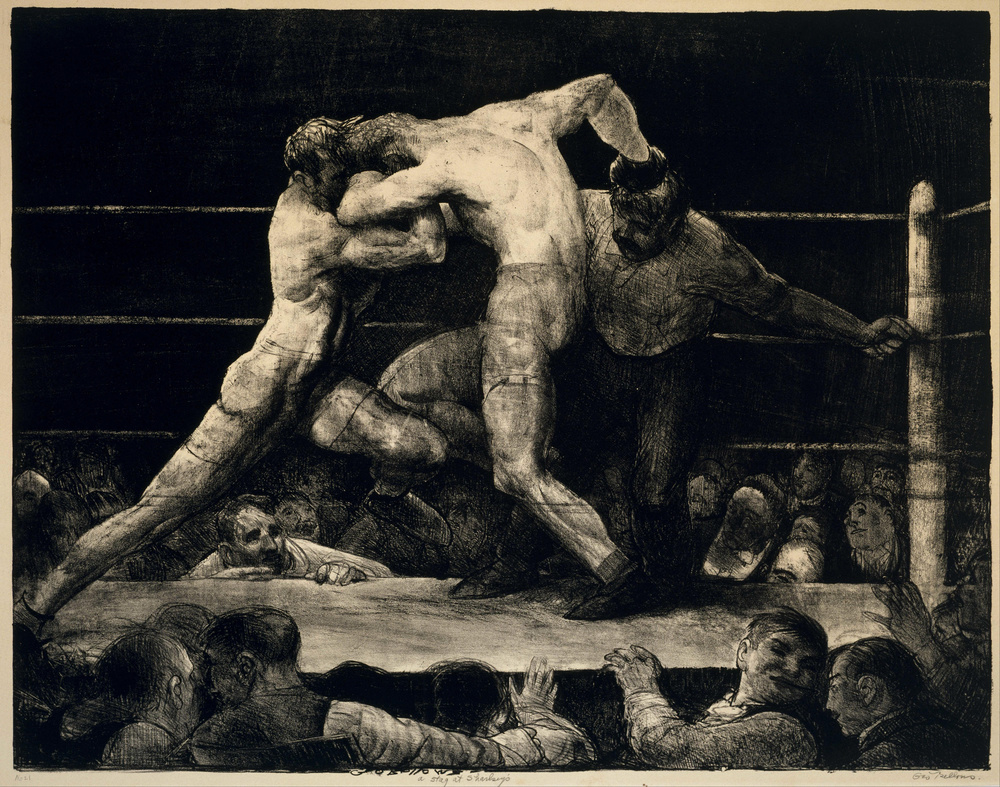A little less than four years ago when it was suggested that I use Twitter for work purposes, I immediately shrugged and didn’t give it a chance. Fast forward to two years later, I joined Twitter mostly to promote my blog, but found myself instead interacting with people and making connections around shared interests. Twitter immediately grew on me and has introduced me to people from all walks of life, and has also led me to explore museums I wouldn't otherwise have visited, if not for their engaging and interesting Twitter feed. It introduced me to the Lynn Museum and got me on a visit to the Wadsworth Atheneum.
I’m probably preaching to the choir here, but Twitter is a great tool for reaching new audiences, gaining exposure and generating buzz around upcoming exhibitions and events. It is also a great tool for engaging and informing an audience and nurturing community relationships.
On Friday January 3rd, the Pew Internet and American Life Project published "Arts Organizations and Digital Technologies," a survey of 1,244 arts organizations that have received funding by the National Endowment for the Arts. 97% of the organizations that responded indicated that they have a social media presence on Facebook, Twitter, YouTube, Flickr or other platforms. Of those organizations, some 58% of respondents said the phrase "social media is worth the time our organization spends on it" is "very true," while another 33% thought it is "somewhat true." While it is difficult to quantify a return on investment for social media, it can help museums engage followers with their mission-driven work.
From my experience following certain arts organizations and libraries on Twitter, there are great feeds and there are really bad ones. I've found that The Brooklyn Museum, The Los Angeles County Museum of Art (LACMA), El Museo del Barrio, the Lynn Museum and the Boston Public Library, among others, have engaging and interesting Twitter feeds.
Many of the museums I used to follow on Twitter forget that they have an audience. Instead they choose to oversaturate their timeline with uninteresting marketing content, sometimes fed directly from Facebook, thereby ignoring Twitter altogether. Museums can use Twitter effectively to their advantage to start cultivating relationships with their followers, especially local followers. There are many museums including some in the Boston-area that don’t engage in this simple yet rewarding act (at least for the follower if anything).
So what can Boston-area museums learn from other museums and libraries on Twitter?
The Boston Public Library’s Twitter account is a model account to follow. The BPL encourages conversation among its followers, retweets visitor and patron comments and replies to questions and feedback. What can we learn from the Boston Public Library’s Twitter feed? We can learn that it’s okay to let loose, have fun and encourage comments and feedback. How can we become better organizations if we don't respond to criticism?
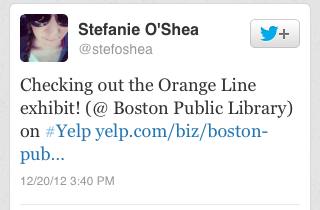

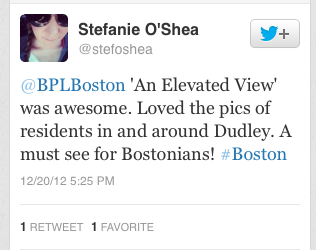
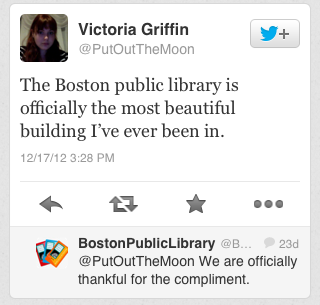
Tell us something we don’t know. Share resources that are interesting and that hopefully allow us to interact and connect with other followers. I can think of a great example of using twitter as a tool to educate people and that is when the Institute of Contemporary Art (ICA) tweeted interesting historical facts using the hashtag #ICA75.

Below is an example of a museum using Twitter to acknowledge one of their follower’s live-tweeting of an exhibition. Notice how El Museo del Barrio asks Museum Nerd if there were any other highlights from his/her visit:




From the Lynn Museum, we learn that it’s okay to show some personality. Below is a good example of a museum jumping into a conversation in which they were tagged in. Notice how the Lynn Museum invites the follower to visit in person and offers a tour of the museum.








When I first joined Twitter I started following and engaging with the Wadsworth Atheneum. Because I was one of their most dedicated followers, I was invited to a private gallery talk with Patti Smith which I live-tweeted using my personal account. The museum had already invited an outside tweeter to live-tweet the event, but having me live-tweeting too, gave the museum a fresh perspective and extended their social media presence beyond their usual network.

In the three years I've been on Twitter, I've learned that a celebrity is more likely to engage in conversation with one of their fans than a museum is to respond to a comment or question by one of their followers. If a celebrity is more likely to respond on Twitter, then museums have yet to see the value of using Twitter to engage their audience beyond the scope of getting them to generate a buzz about their events and exhibitions. As we've seen from selected examples above, it's really okay to let loose, have some fun and engage with people.

